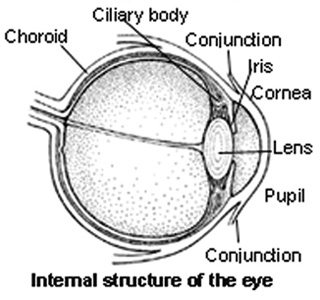

A hole in the middle of the iris is called the pupil. Just behind the cornea is the iris which is also called coloured diaphragm. It is through the cornea that the light coming from objects enters the eyes. The front part of the eye called the cornea is made of a transparent substance and its outer surface is convex in shape. The human eye consists of the cornea, iris, pupil, ciliary muscles, eye lens, retina, and optical nerve. And the ability to see is called vision, eyesight, or drishti. The Human eye works on the refraction of light through a natural convex lens made up of transparent living material and enables us to see things around us. The day aims to focus attention worldwide on blindness and vision impairment. The HPLC method also further confirmed that shows good practical application prospects.World Sight Day 2020: It is observed on the second Thursday of October and this year it falls on 8 October. Moreover, the optimum was remarkably sensitive and selective in detecting DA among various analogs and showed good anti-interference ability. The developed ratiometric fluorescence sensor showed an obvious and meaningful color change with a gradual increase in DA concentration under a UV lamp.

In the presence of DA, the fluorescence intensity of the optimum was remarkably quenched by DA, achieving a linear range of 0–600 nM and a limit of detection of 12.35 nM. The TEM image demonstrated that the sensor was a hollow structure, which could have ample opportunity to excite quantum dots to emit light through multiple light scattering through holes. MIPs provided high selectivity toward DA.

CdTe QDs and CDs were used as the reference signal and recognition signal, respectively, and thus showed a visual effect. A ratiometric hollow sensor was developed for the sensitive and selective detection of dopamine (DA). Developing hollow-structure quantum dot carriers to increase quantum luminous efficiency is a creative idea for designing a novel sensor.


 0 kommentar(er)
0 kommentar(er)
